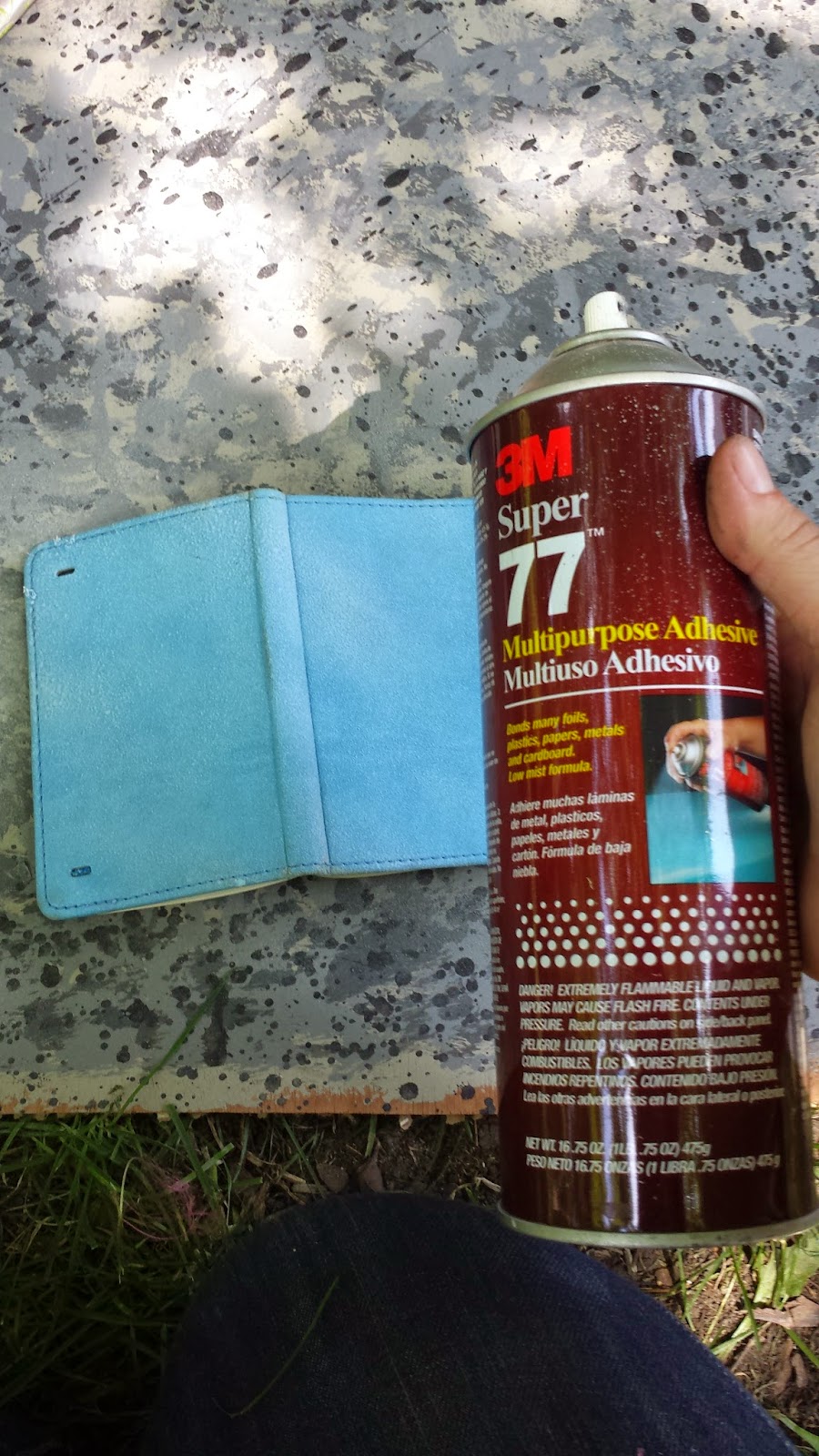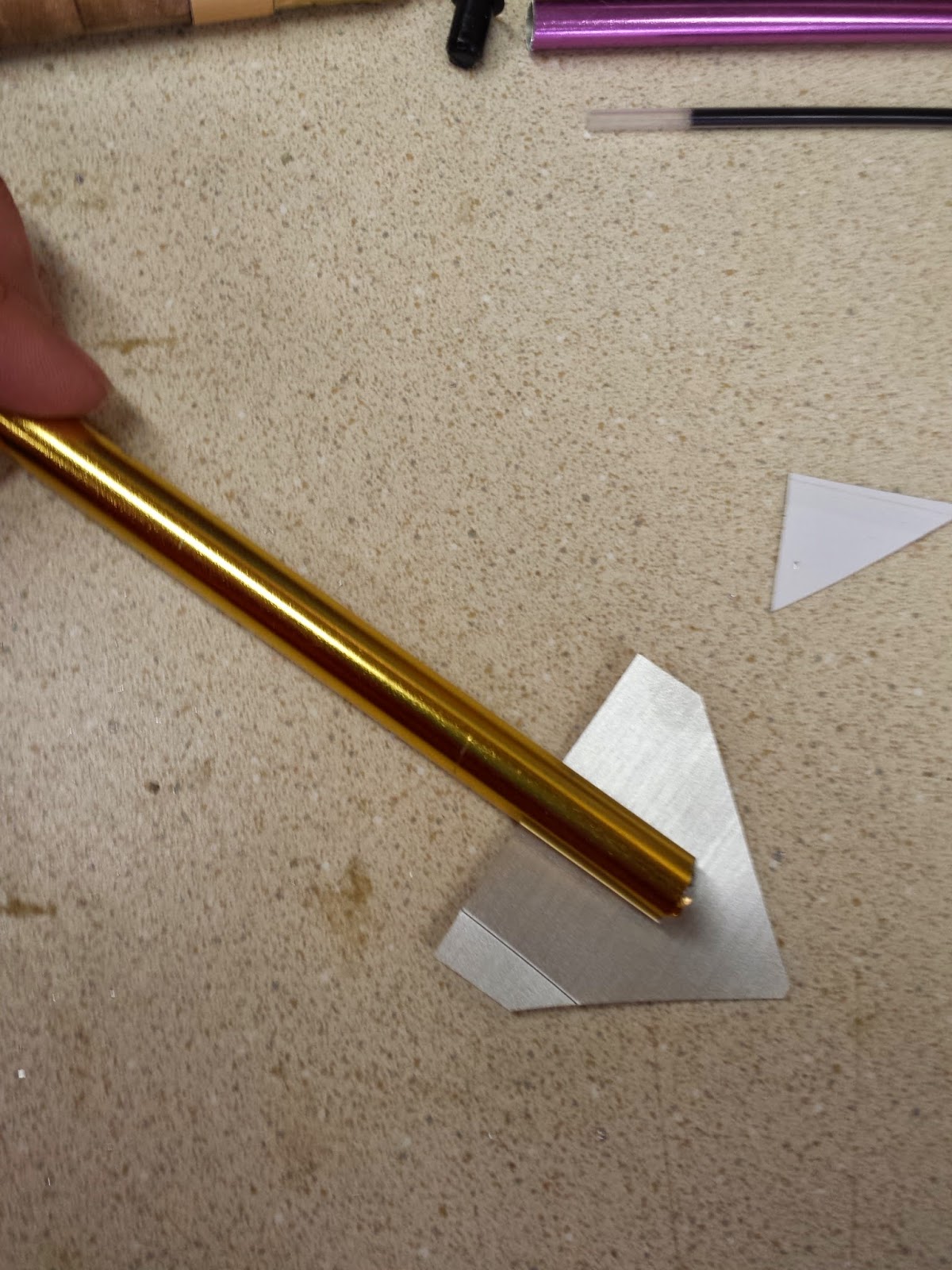For Butler at Peninsula Players Theatre, we needed a canvas map to hang on the wall of the Civil War General's office. The set designer, Jack Magaw, provided the image and I had it printed on nice paper at Office Max, but it was still just paper. I needed it to be stronger, especially since it was going to be manipulated by the actors nightly.
I purchased a piece of "duck cloth" canvas and used spray adhesive to attach the paper to the canvas, then went to the costume shop to borrow their serger sewing machine and serge the two layers together.
Here is a close up of the two layers serged together from the front,
and on the back side. I am unsure of whether the method would have worked as well if I had printed the map on lower quality paper, but with the higher quality stronger paper, the sewing of the two layers together resulted in clean strong edges that I am confident will last throughout the run of the show.
To hang the map we purchased two 3/4 inch dowels and used the table saw to cut a groove into each.
We filled the gap with wood glue, slid the map into the slot, and then added brad nails to secure it in place.
The brad nails were a bit too long, so once the glue was dry we took the map over to the grinder to smooth off the ends on the back.
Here is the final piece laid out on the floor, ready to be hung on the wall of the set, and hopefully looking like it is ready to be rolled up and taken onto the battlefield.
And for good measure, and image of the canvas back side of the map too.































m0!~~60_103.jpg)






















